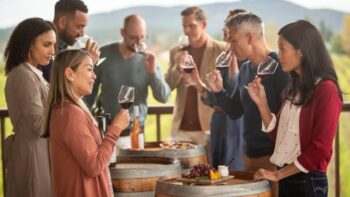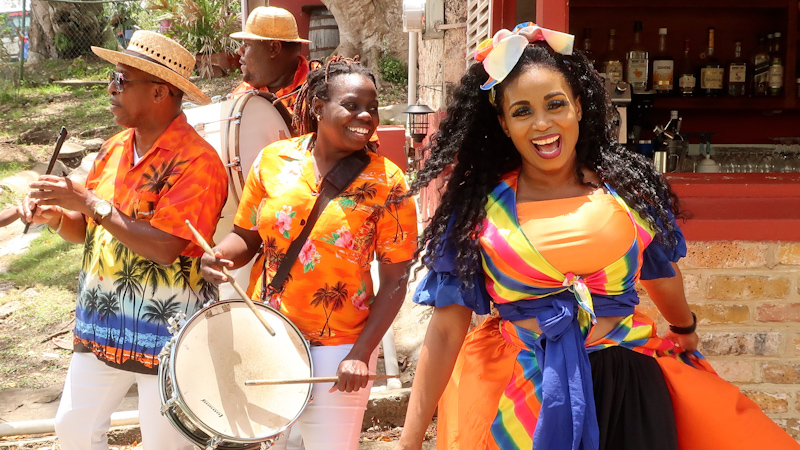
As in any post-colonial nation, remnants of a not too distant past occupation are everywhere. Historic landmarks such as fortified walls, army barracks, plantation homes and chattel houses stand as reminders of foreign land owners made wealthy mainly through slave labour.
The contrast to November 2021, when Barbados became the first Caribbean nation to claim full sovereignty by unseating Queen Elizabeth II, has left its mark on the entire region.
However, as Prime Minister Mia Mottley said during the opening speech of the CHTA Travel Marketplace, sovereignty of the mind is more difficult to achieve, urging nations in “the language of Marcus Mosiah Garvey popularized by Bob Marley, to emancipate yourselves from the mental slavery that sees you being a taker and not a shaper.”
In this uniquely Barbadian spirit, the island is reshaping itself by incorporating the past into compelling present day revenue offerings. Ones which cater to the growing demand for “authentic” experiences which preserve the cultural heritage of the Island, minus the less palatable aspects of its history.
Following the CHTA conference, media were invited to discover some of the preserved historical treasures which go beyond the standard claims to fame of rum production, beautiful beaches and, of course, Rihanna.
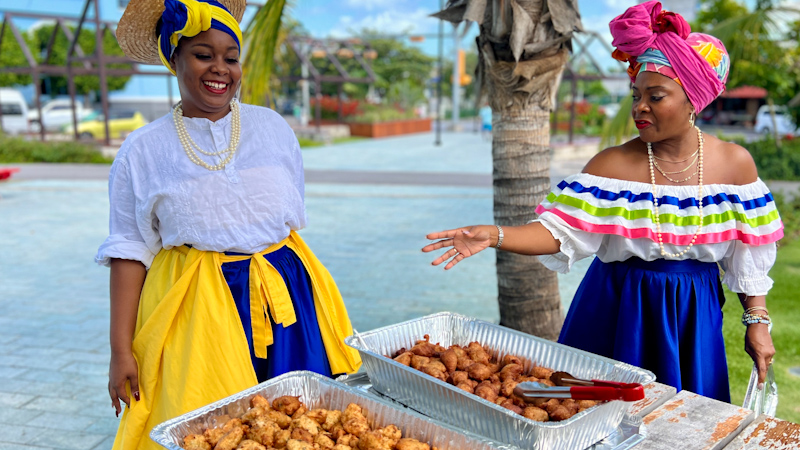
Led by The Characters of Town, a local guide company aimed at educating visitors through story-telling, we were taken on a unique tour of the island.
Our guides, Dawn-Lisa and Georgina, dressed in vibrant traditional attire, transported us back in time to uncover Barbados’ tumultuous history as a sugar cane producer. The 17th century saw extensive deforestation to make way for tobacco, cotton and sugar cane fields, making Barbados one of the wealthiest colonies in the Caribbean.
The tour began at our host hotel, Hilton Barbados, which is built on the site of Fort Charles, a 17th century fortress and UNESCO world heritage site, with original cannons still perched atop the surrounding seawall.
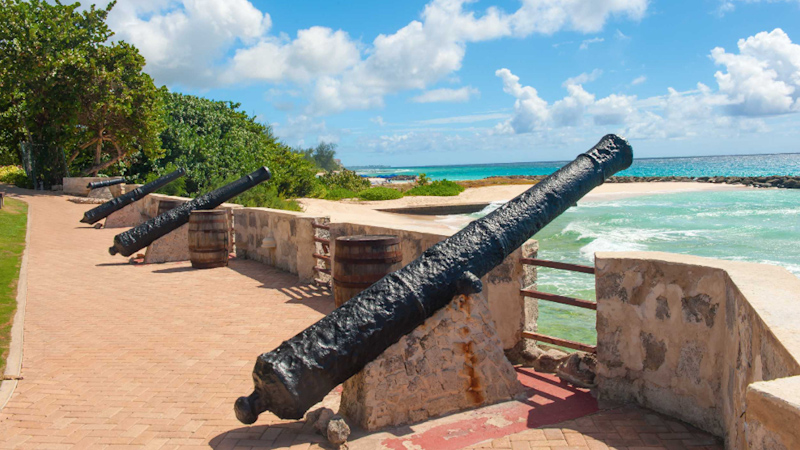
Preserving its military significance, the hotel merges history with modern amenities and offers guests the opportunity to explore the tunnels, lighthouse and military cemetery. In combination with the beautiful white sand beach, the hotel is an interesting backdrop for celebrations, weddings, corporate events, as well as being the venue for CHTA’s closing party.
Another movie worthy piece of Bajan history lies in the tales of the notorious buccaneer Sam Lord and the castle he built in 1820 to serve as a lookout. Legend has it he would lure unsuspecting ships by hanging lanterns on trees along the rugged coastline so they would mistake it for Bridgetown and ultimately crash on the surrounding reefs, leaving him to collect their bounty.
From its humble beginnings as pirate’s lair, the Regency mansion became a luxury hotel. Falling into disrepair, the castle was consumed by a devastating fire in 2010, leaving only a shell of its former glory.

Wyndham Resorts took over the location and the castle remains a few years ago and is now putting the finishing touches on Sam Lord's Castle - A Wyndham Grand Resort, scheduled to open 30SEP.
As visiting media, we were treated to a sneak peak of the 422 room all-inclusive beachfront resort, boasting ocean views from every room and offering both family and adult only sections, conference and event spaces, a spa and ten dining options. At the back of the property is a chef’s garden for growing food destined for farm-to-table style dining experiences.
Efforts are also underway to restore the original castle building, but little is known about the exact timeline.
Authentically Bajan Attractions: Where the Past Meets the Present
For that oh-so-today off-the-beaten-path travel experience, we drove inland to discover the heart of Barbados' local cuisine and natural wonders.

Stop one was Codrington College, a famed theological college established in 1745. Situated on a picturesque estate with lily ponds and palm tree-lined paths, the college still functions as a theological institution. Additionally, the space is used for public and private events, weddings, and picnics. We were treated to a stunning picnic arranged by local event company Luxe Picnics Barbados, with the historic building as our backdrop.
Another noteworthy attraction is Harrison's Cave, a geological wonderland with underground tunnels filled with ancient stalagmites (the ones that grow from the ground up) and stalactites (the chandelier shaped formations), caverns, fresh water pools, and underground waterfalls.
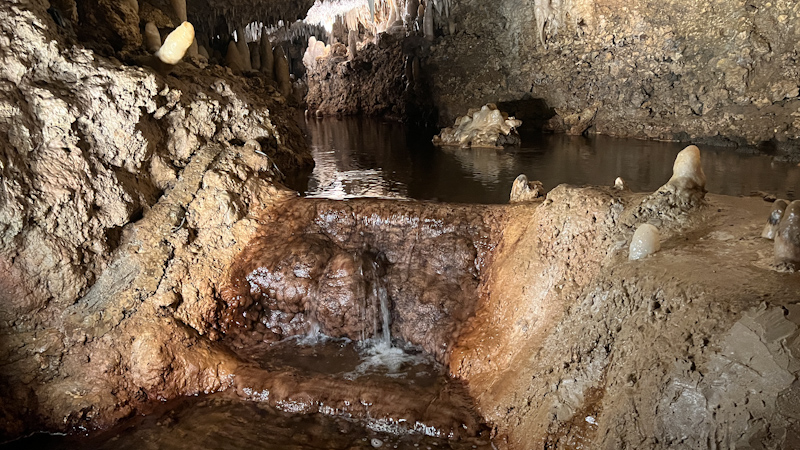
To note, if you suffer from claustrophobia, being underground may not be the attraction for you. However, one hundred feet above ground is a Monkey Zip Line system where adventure seekers glide over the forest to catch a glimpse of exotic birds and, as the name would have it, monkeys.
Not to be missed is a popular Barbadian tradition called an Oistins Fish Fry which takes place at various locations every Friday night in the coastal region of Oistins, along the southern part of the island. It is a lively event that brings locals and tourists together for an evening of food, music and entertainment. Freshly caught seafood, particularly grilled or fried flying fish, mahi-mahi, red snapper and lobster, are served alongside delicious macaroni pie, plantains, yams and salads. The atmosphere is festive with live music, dancing, and a street party vibe with local vendors selling souvenirs and handmade crafts.
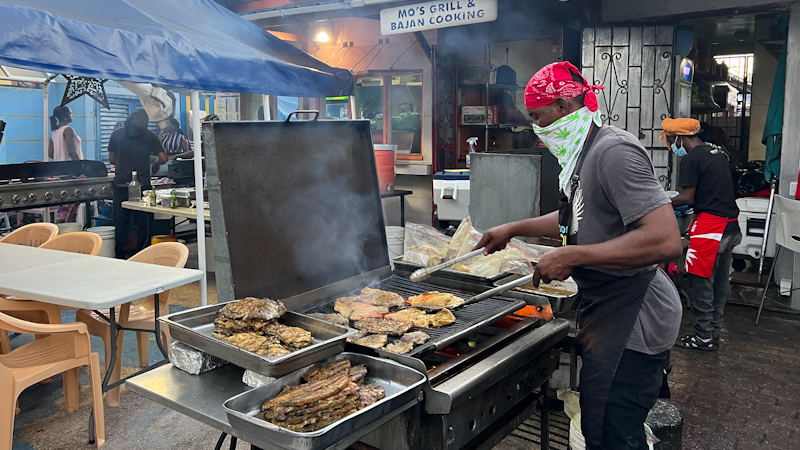
Perhaps because Barbados finds itself further east and more isolated than the clique of its sister Caribbean islands, it has a uniquely independent culture. And, as one grizzled taxi driver told me, “you can’t change history”. Barbados has wisely decided to embrace it






